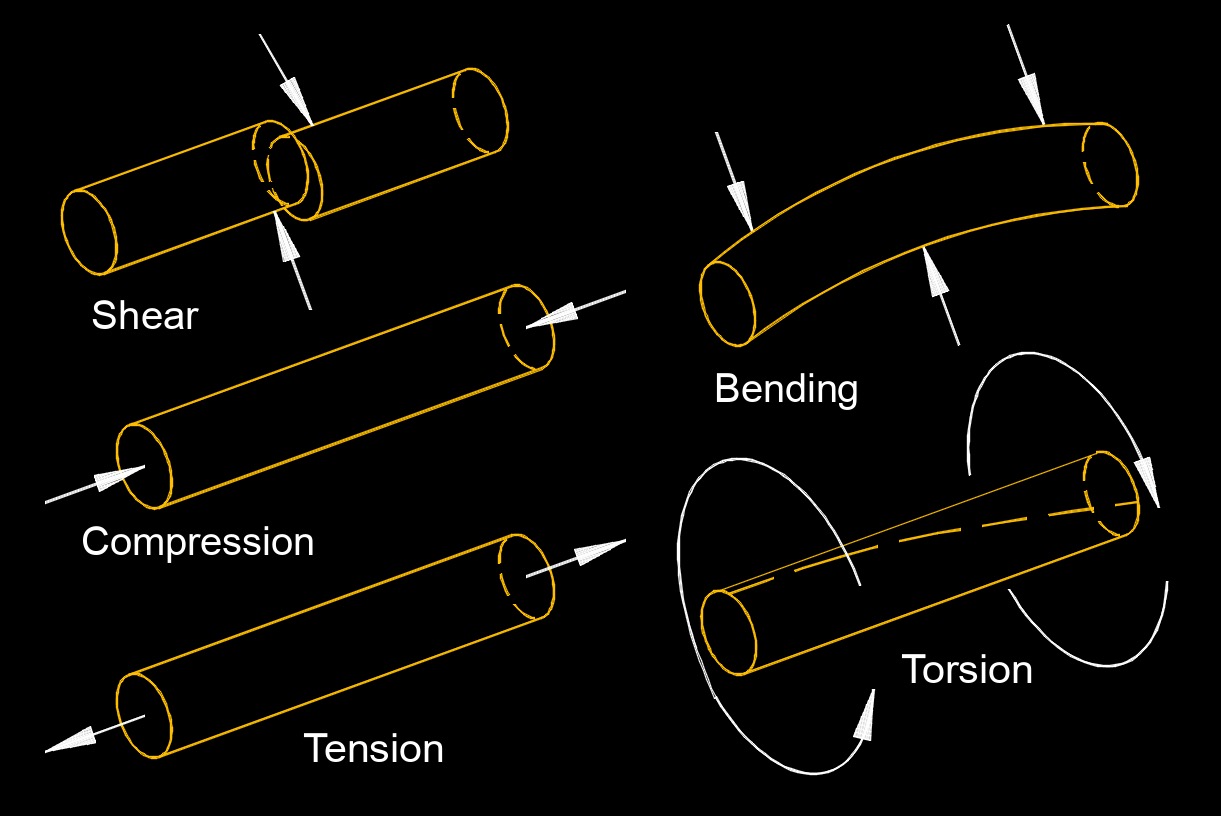Bending
 Bending is the deformation of a material under the influence of an external force. This is particularly significant in the study of mechanics and materials science. When a force is applied to an object, it can cause the object to undergo bending, resulting in a change in its shape.
Bending is the deformation of a material under the influence of an external force. This is particularly significant in the study of mechanics and materials science. When a force is applied to an object, it can cause the object to undergo bending, resulting in a change in its shape.
One of the most common examples of bending in physics is the bending of beams. When a beam is subjected to a load, such as a force or a moment, it experiences bending. This bending leads to the formation of internal stresses and strains within the beam, which can cause it to deform. The behavior of a beam under bending can be described using principles of classical mechanics, such as Euler-Bernoulli beam theory or Timoshenko beam theory, depending on the specific characteristics of the beam and the loading conditions.
When a structural element is subjected to loads, such as gravity, wind, or live loads, it undergoes bending deformation. This bending can cause the shape of the element to change, leading to stresses and strains within the material. The magnitude of bending deformation depends on several factors, including the material properties of the structural element such as its modulus of elasticity, the geometry of the element, the magnitude and distribution of the applied loads, and the support conditions.
Engineers use principles of structural analysis, such as the equations of equilibrium, deformation compatibility, and constitutive relationships, to analyze and predict the behavior of structural elements under bending. This analysis helps ensure that structures are designed to meet safety, performance, and durability requirements. In structural design, engineers often consider factors such as bending moments, shear forces, deflection limits, and stability to determine the appropriate size, shape, and materials for structural elements.

